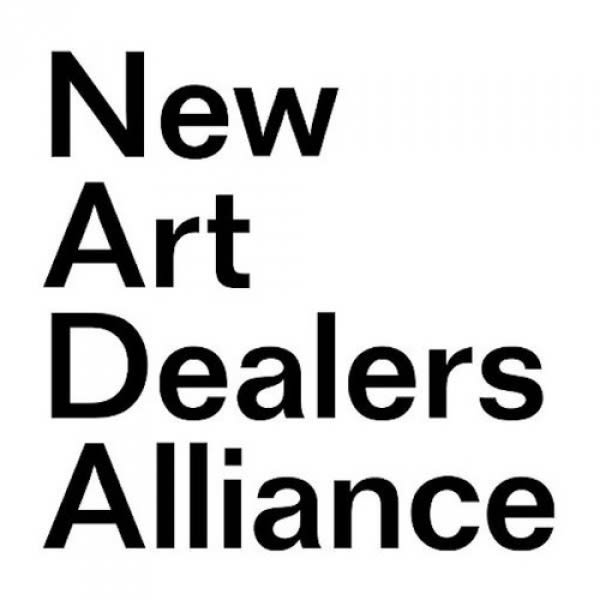"Our eyes are naturally drawn to faces. We are instinctually primed to pick them out. I am very aware of this and what upsets me most is when faces sabotage the vibrations of the entire painting. The success of the face depends upon the rest of the painting and vice versa. There is a constant shifting around until I can get the facial features, the figure, and the context to work together. The ambiguity of the expression is very important to me. There needs to be space for the viewer to enter. I enjoy hearing all of the different interpretations of what the figures are feeling. That’s when the paintings really come alive for me." --Meghan Borah
Meghan Borah uses oil paint along with the quick-drying medium of distemper to create surfaces that evoke the faded qualities of worn denim, along with the patterns of vintage fabrics and other decorative textiles. Dressed in floral dresses and platform boots, Borah’s female-presenting figures inhabit dreamlike landscapes filled with horses, flowers and greenery. Often, the characters in her paintings seem aloof, their faces expressionless, which speak to the artist’s desire to explore concepts of self, authenticity, and performance within her painted scenarios. Borah cites the artist, poet and muse Marie Laurencin (1883-1956) as a painter whose work she returns to frequently. For a time, Laurencin served as the independent-minded muse of Guillaume Apollinaire and was the among the only female artists associated with the Section D’Or and Cubist group. Laurencin’s paintings, with their centering of female figures engaged in activities of leisure, beautification, and nature forays, were in their time often dismissed as representing “everything that is wrong women’s art” due to their pastel palette, unapologetically decorative aesthetic, and celebration of simple, pretty things like flower bouquets, flowing scarves, woodland idylls and the freedom of riding on horseback. But when viewed from a contemporary standpoint and today’s fresh perspectives on gender fluidity and a wide spectrum of gender expressions, Laurencin’s painted world portrays a feminine interiority that can be claimed and inhabited by those who find and see themselves in it. This is where Meghan Borah’s femme-centric paintings connect back to and expand upon Laurencin’s female-oriented cosmos. While Borah’s “girls” tend to be feminine-presenting, their angular limbs and features, heavy platform boots, and–let’s not forget–refusal to smile on command, especially while being looked at, resonate with feminism’s insistence that our bodies belong to ourselves and no one else, and we should revel and take pleasure in them, adorn them as we wish, and share them with others if and as we choose.

